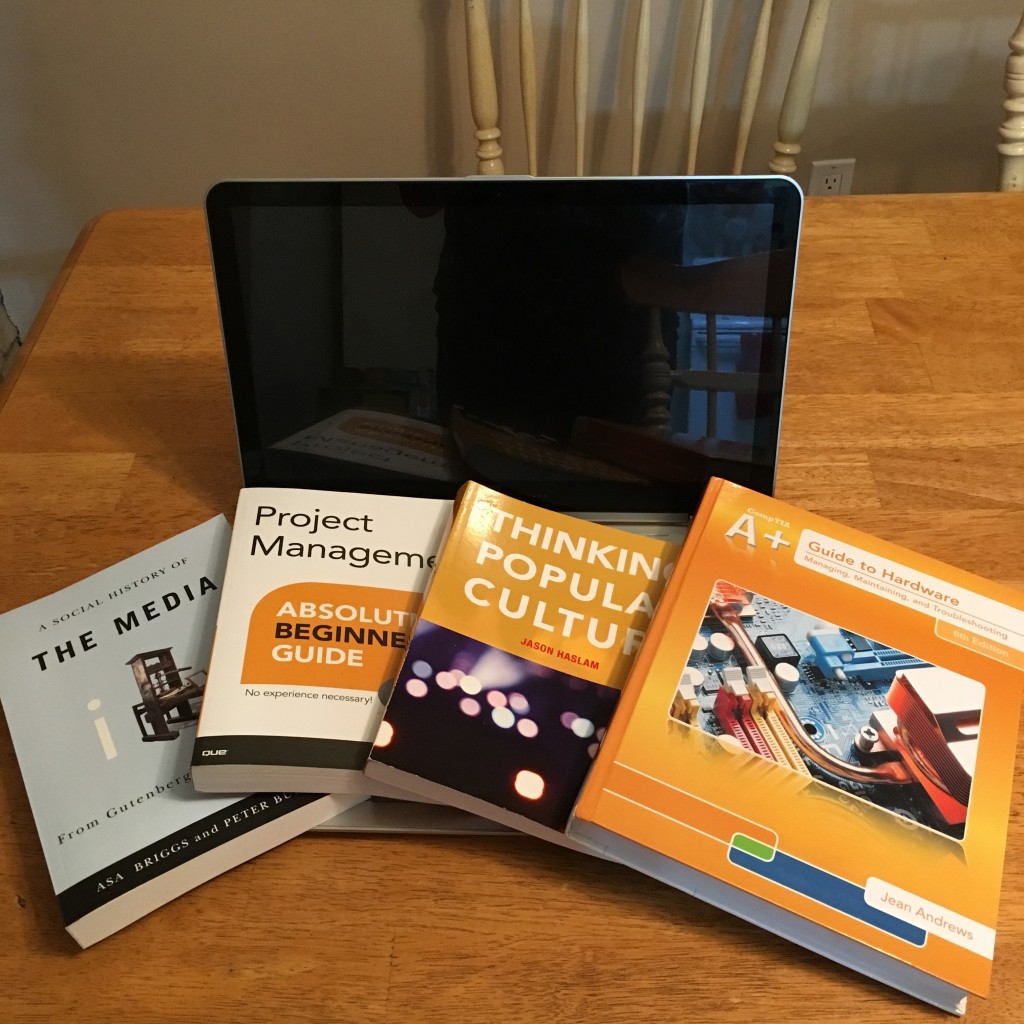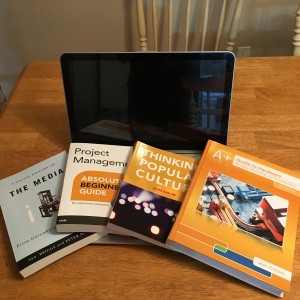
What is Interactive Arts and Science about anyway? This week, fourth year student Ellen Thornton shares her experience studying the digital humanities.
You can learn more about Brock’s Centre for Digital Humanities and the programs we offer here. The diverse field of digital humanities may be just the right fit for you!
As a university student, the first question anyone asks me is “what program are you in?”
For many students, this answer is very simple since most people are familiar with programs like psychology, geography, or concurrent education. My answer, however, comes with a lot of questioning looks and follow-up questions.
My program is called Interactive Arts and Science, or IASC for short. This program focuses on the study of interactive digital media, which can range from web design, animation, video game design, sound design, and everything in between.
The IASC program offers a unique university experience that is different from other programs at Brock.
Smaller Class Sizes
Most university students are used to the huge lecture halls filled with hundreds of people, which I personally found quite intimidating, especially in my first year. While this is still true depending on the electives people choose, the required courses in the IASC program in contrast have a much smaller class sizes, averaging between 30-50 students.
This means that not only do I know everyone in most of my courses, but the professors know who I am, which makes it so much easier to be engaged in the material and to ask for help on assignments. The class sizes aren’t that different from high school, which helped me make a smooth transition from high school to university.
Wide Variety of Courses
Because the Interactive Arts and Science program is so diverse, it gives students the ability to find what really interests them. Through my electives, I have taken history and film courses that relate to my program, while my friends have taken computer science or communication courses.
The IASC program really gives students the chance to learn about a variety of different topics, and when they find something they love they can take a course that dives deeper into the subject. It makes every university career unique and equips students with the knowledge and skills they need for their dream careers after graduation.
Experiential Learning
While on the subject of courses, it’s one thing to learn about theories and processes, but what happens when it’s time to graduate and apply what you’ve learned?
The IASC program blends theory and practice and builds it into the program to ensure that students have transferable skills that they can use when they start working.
One of the most notable courses I have taken so far is IASC 2P08: Competencies in Interactive Arts and Science. Instead of writing essays or sitting in lectures, to earn this credit I needed to attend 30 hours of workshops, networking or volunteering events that relate to the program. This gave me the opportunity to not only discover just how many ways my degree can be applied after graduation, but also to listen and speak to people who are working in the different fields and learn some tricks of the trade.
Plus, it makes my parents feel better that there are jobs out there after graduation!
What are Exams?
Because the IASC program focuses on applying the knowledge we learn in class, it means that most of my required courses don’t have a formal written exam at the end of the semester. Instead, my workload includes assignments that evaluate how well we use what we have learned in a practical, hands-on setting.
The only exams I write are for my elective classes, but I have been lucky enough to have 2 different semesters where I haven’t had to write any exams at all! Sure it means that towards the end of the semester I am juggling 4 different assignments all due on the same day, but it feels so good to be done early and have an extra 2 weeks off, and who doesn’t like that?
All in all, the Interactive Arts and Science program doesn’t have a concrete definition, because digital and interactive media is used in so many different ways. Because of this, every student’s experience is very different. The thing about university that I was most excited about was having more control in what courses I wanted to take, and the IASC program really embraces this individuality. I get to learn what I am interested in and what I want to learn, which motivates me to work harder and feel like I have the skills to pursue a career that I am passionate about.





